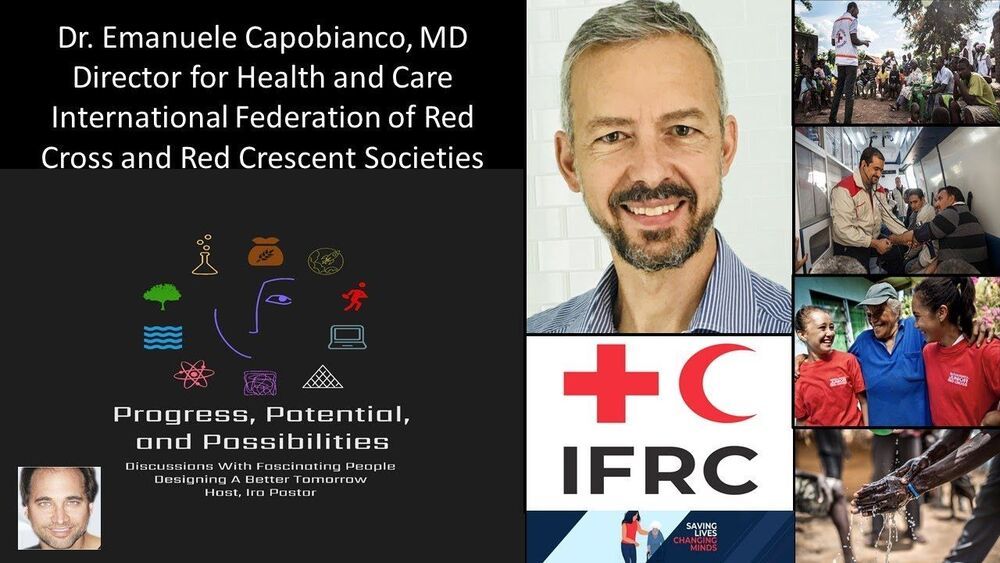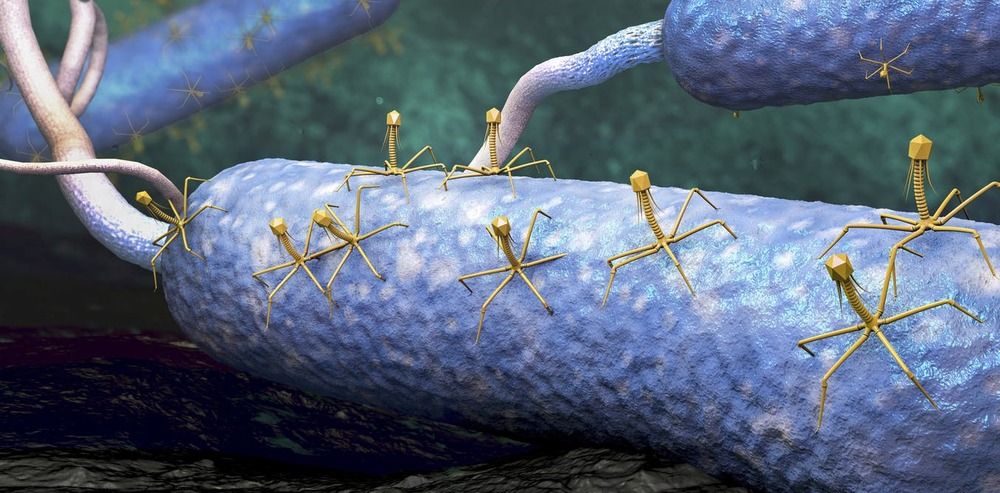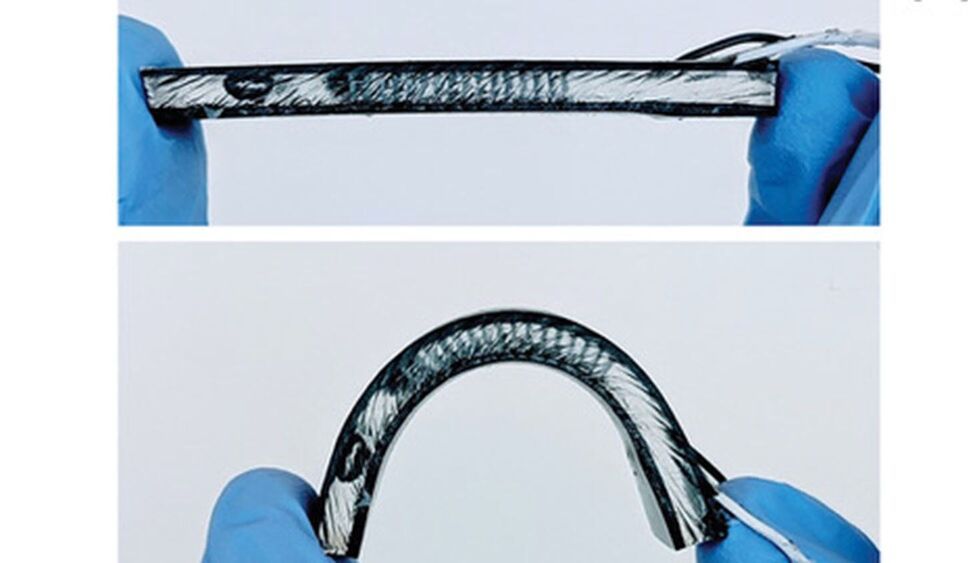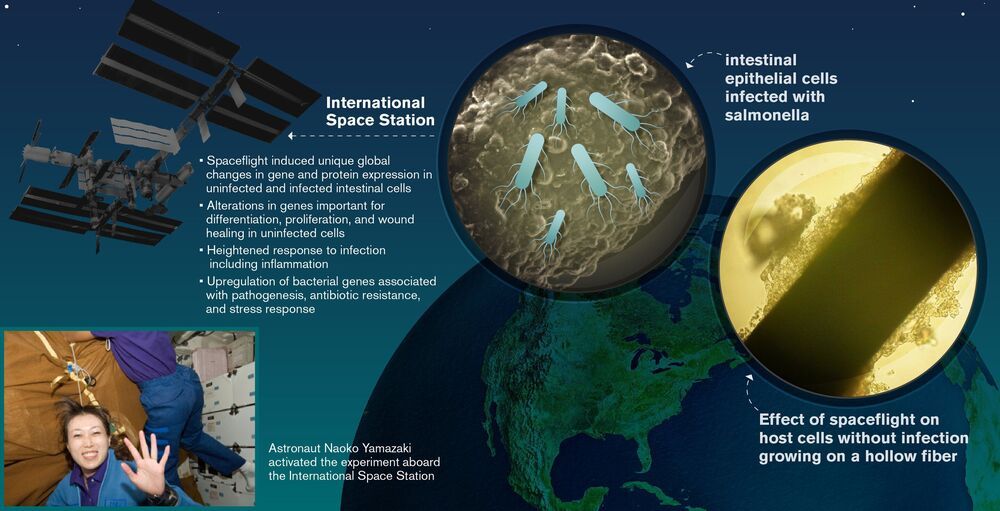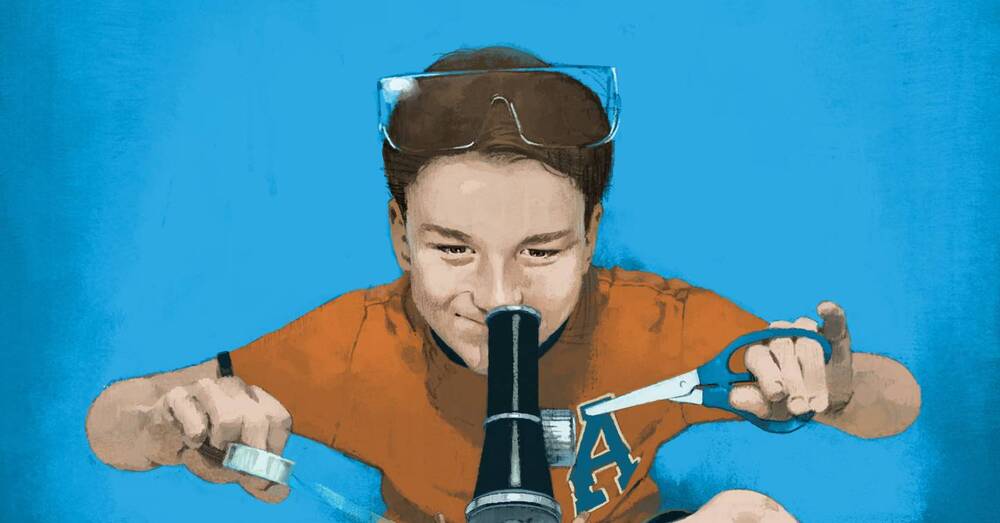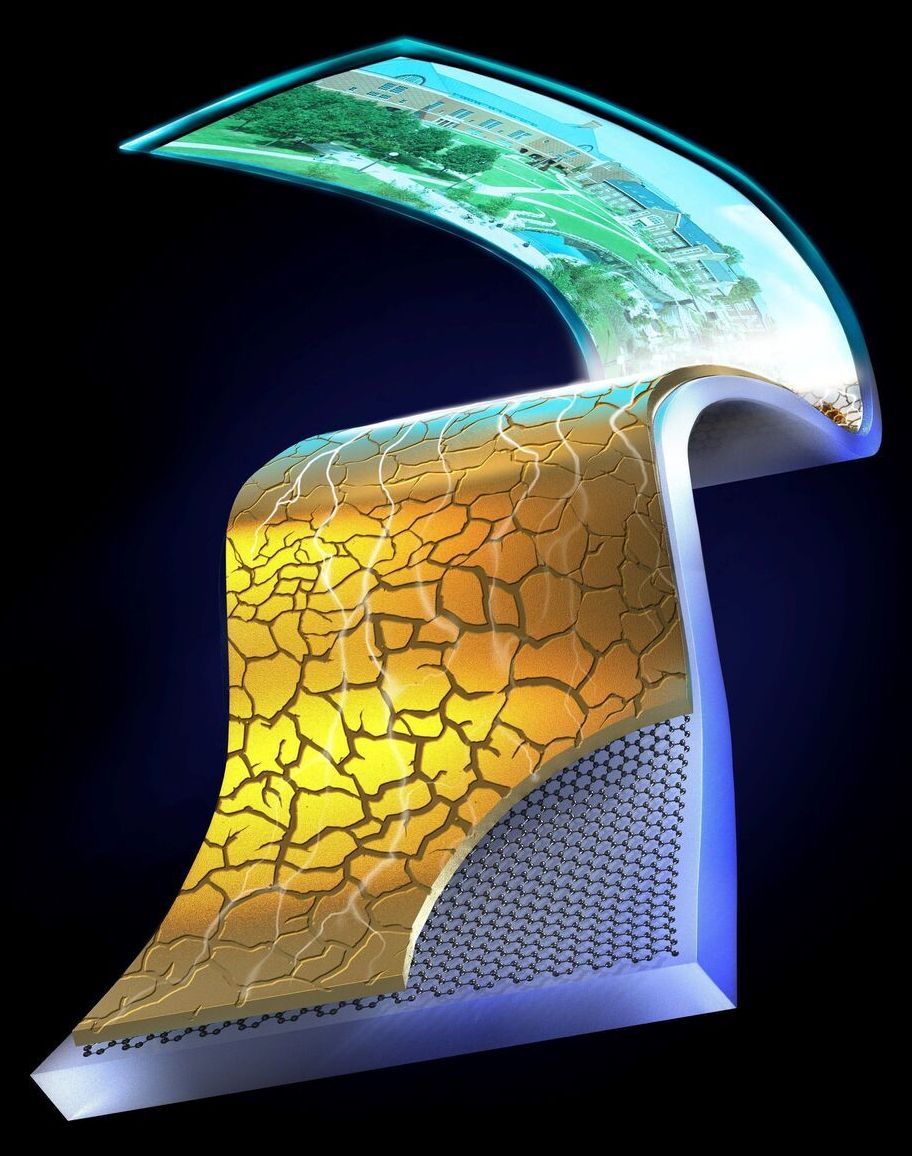Mar 15, 2021
Sherpa raises $8.5M to expand from conversational AI to B2B privacy-first federated learning services
Posted by Genevieve Klien in categories: biotech/medical, health, robotics/AI
Sherpa, a startup from Bilbao, Spain that was an early mover in building a voice-based digital assistant and predictive search for Spanish-speaking audiences, has raised some more funding to double down on a newer focus for the startup: building out privacy-first AI services for enterprise customers.
The company has closed $8.5 million, funding that Xabi Uribe-Etxebarria, Sherpa’s founder and CEO, said it will be using to continue building out a privacy-focused machine learning platform based on a federated learning model alongside its existing conversational AI and search services. Early users of the service have included the Spanish public health services, which were using the platform to analyse information about COVID-19 cases to predict demand and capacity in emergency rooms around the country.




